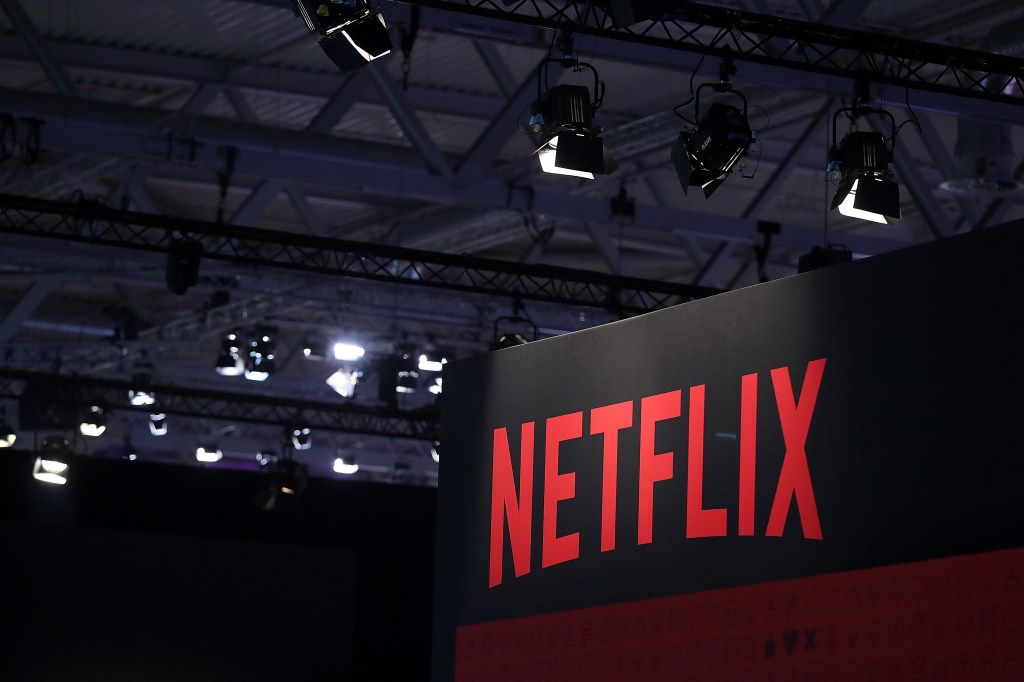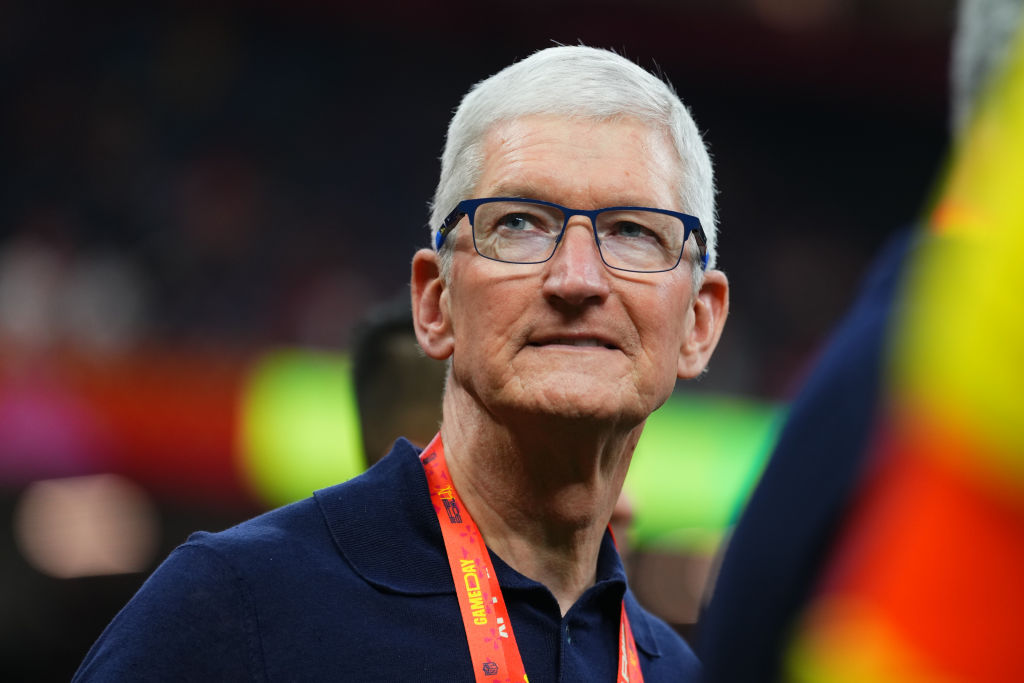Netflix has officially launched its gaming service on smart TVs, allowing subscribers to play games directly on their television screens. This development marks a significant expansion from the company’s initial mobile gaming offerings introduced in 2021.
How to Access Netflix Games on TV
To access this new feature, users can navigate to the Games tab within the Netflix app on their smart TVs. After selecting a game, the system prompts users to pair their smartphones as controllers. This setup ensures a seamless and interactive gaming experience without the need for additional hardware.
New Party Games Lineup
In conjunction with this rollout, Netflix has introduced a series of party games designed for group play:
– Boggle Party: Up to eight players race against the clock to identify words within a scrambled letter grid.
– LEGO Party!: Four players engage in various minigames and challenges set in the LEGO universe.
– Party Crashers: Fool Your Friends: A social deduction game where participants must identify the player who is unfamiliar with the given topic.
– Pictionary: Game Night: A digital adaptation of the classic drawing and guessing game, where players sketch prompts while others guess within a time limit.
– Tetris Time Warp: Players compete to achieve the highest score in this timeless block-stacking game.
These titles are currently available to a select group of subscribers in countries including the United States, Canada, the United Kingdom, Spain, Mexico, France, Italy, Poland, the Netherlands, Sweden, Belgium, Switzerland, Austria, Ireland, Finland, Germany, South Africa, Australia, and New Zealand. Netflix plans to expand access to more regions and devices in the near future.
Strategic Expansion into Gaming
Netflix’s foray into television-based gaming signifies a strategic move to diversify its entertainment offerings and enhance subscriber engagement. By integrating games into its platform, Netflix aims to provide a comprehensive entertainment hub that caters to a wide range of user preferences.
The introduction of party games is particularly noteworthy, as it encourages social interaction and shared experiences among users. This approach not only differentiates Netflix from traditional streaming services but also positions it as a competitor in the gaming industry.
Technical Requirements and Compatibility
To utilize this feature, subscribers need a compatible smart TV and a smartphone to serve as the game controller. The Netflix Game Controller app is available for download on iOS devices, with an Android version expected to follow. The app features a user-friendly interface with a virtual thumbstick and action buttons, facilitating intuitive gameplay.
Supported smart TV platforms currently include Amazon Fire TV, Chromecast with Google TV, LG TVs, Nvidia Shield TV, Roku devices and TVs, Samsung Smart TVs, and Walmart ONN. Netflix has indicated plans to extend support to additional devices over time.
User Experience and Feedback
Early feedback from users participating in the beta program has been largely positive, with many praising the seamless integration of gaming into the Netflix interface. The convenience of using a smartphone as a controller has also been highlighted as a significant advantage.
However, some users have reported occasional latency issues and a limited selection of games. Netflix has acknowledged these concerns and is actively working to address them through software updates and by expanding its gaming library.
Future Prospects
Looking ahead, Netflix plans to continue investing in its gaming division, with a focus on developing exclusive titles and expanding its reach across different platforms. The company is also exploring partnerships with established game developers to bring high-quality content to its subscribers.
This expansion into gaming aligns with Netflix’s broader strategy to diversify its content offerings and adapt to changing consumer behaviors. By integrating interactive entertainment into its platform, Netflix aims to increase user engagement and retention in an increasingly competitive streaming market.
Conclusion
Netflix’s introduction of gaming on smart TVs represents a significant evolution in the company’s service offerings. By combining streaming and interactive entertainment, Netflix is positioning itself as a comprehensive entertainment platform capable of meeting the diverse needs of its global subscriber base.
As the company continues to refine this feature and expand its gaming library, it will be interesting to see how this initiative influences the broader streaming and gaming industries.



